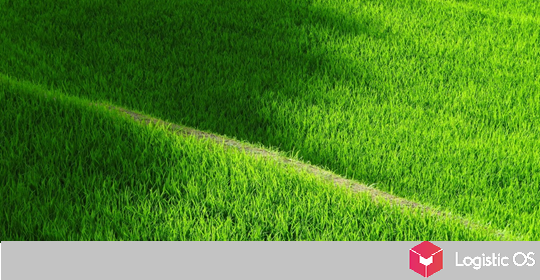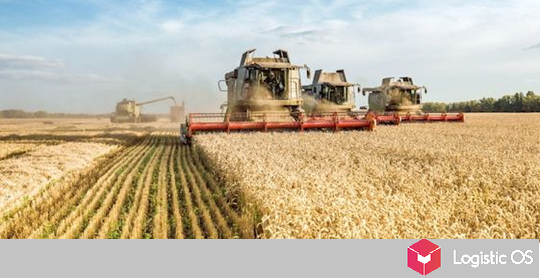Published data on the state of winter crops as of November 25, 2020.
Data on the state of winter seedlings in the current format have been published since 2002.
Each year there was a certain percentage of crop failures.
- 2005 — 12%
- 2014 — 15.6%
- 2015 — 11%
In all other seasons, no more than 10% of winter crops were in unsatisfactory condition.
In 2014, the rate of poor germination was the highest in almost 20 years of observation.
Data published as of November 25, 2020 was the worst of all previous years: 22.3%.
The poor condition of crops was recorded on 4.28 million hectares, of which 2.42 million hectares did not germinate at all.
The North Caucasian Federal District shows the highest figures: 40% of the crops are in poor and non-emerging condition.
Southern Federal District — 36%.
In fact, for these regions this is not yet a critical indicator: it can change due to the climatic zone — the crops can still sprout and be normal. But this is not guaranteed.
But in the Volga and Chernozem regions, there is no reason to expect an improvement in the situation: if they have not ascended, they will not ascend.
And the area of such crops in these regions is now 17%.
In general, the situation in Russia is very difficult — a huge number of areas are in poor condition for seedlings.
And the percentage of areas in good condition is very low — about 50% compared to 65 — 70% in other years.
The fact that the area under crops increased by 0.8-1 million hectares does not compensate for the loss of the future harvest.
The situation is complicated by future weather forecasts: the European part of the country is getting colder, and precipitation is not expected.
This is detrimental to winter crops, especially those in the Volga region.

The agrarians knew about the possible situation with the emergence of winter crops even at the height of the sowing campaign: even then they were talking about the need to purchase seeds for replanting.
Although it won’t solve the problem either.
First, the yield of winter crops is much higher than spring varieties.
Secondly, given the current market conditions, replanting is likely to be done with sunflower and soybeans.
As of November 27, the price of sunflower was 45,575 rubles. per ton including VAT, despite the fact that a year ago this figure was at the level of 16 831 rubles.
A ton of 3rd class wheat costs 17,750 rubles. including VAT (in the European part of Russia), and in November 2019 — 11,974 rubles.
Based on the latest data, the harvest in 2021 will be significantly lower than today, although it is unlikely to fall below 120 million tons, with a wheat harvest of 75 million tons.
It is too early to make forecasts for the gross harvest of next year, but it is obvious that today’s prices for wheat, which are already at their maximum levels, will react to the news about the state of winter crops in the direction of growth.

